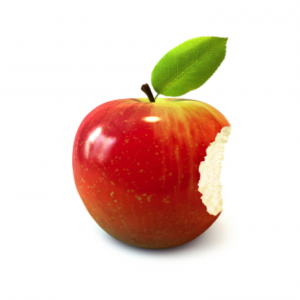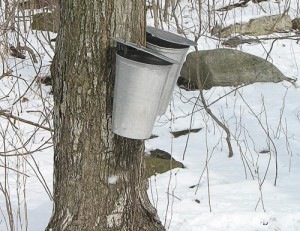 Did you ever hold your nose when your Mom tried gave you foul tasting medicine? Does triple hot chili bring tears to your eyes and sweat to your forehead — then lose some of its burn after three or four bites? Both have to do with taste and flavor.
Did you ever hold your nose when your Mom tried gave you foul tasting medicine? Does triple hot chili bring tears to your eyes and sweat to your forehead — then lose some of its burn after three or four bites? Both have to do with taste and flavor.
What Is Taste? What Is Flavor?
Taste is information you get from your taste buds about what you eat. Flavor is a complex composition in which your brain helps put together tastes, smells, temperature, and the tactile sensation known as “mouth feel” to create what you perceive as flavor. There are five tastes: sweet, salty, sour, bitter and umami (savory). Umami, a taste that’s hard to define, is sometimes called meaty, sometimes savory.
Thousands And Thousands Of Taste Buds
Your whole tongue, upper palate of your mouth, and the inside of your cheeks have taste buds that help determine flavor. Groups of 50-250 taste buds are inside the little “bumps” on your tongue. Humans are born with about 10,000 of these tiny taste bud sense organs and they work so hard that your body replaces them about every two weeks. Some taste buds are more sensitive to one taste but they all can detect basic tastes. As you age some taste buds don’t get replaced so older adults may only have 5,000 – which explains why older people may add more salt or sugar to what they’re eating.
What About Smells?
We only recognize five tastes but we can recognize thousands of smells. As much as 85% of the perception of taste comes from smell. For instance, even though a chocolate chip cookie and pecan pie both register as sweet, their flavors are different because their smells, temperatures, and mouth feel are processed along with the taste letting you know that you’re eating a freshly baked, gooey chocolate chip cookie — not pecan pie.
How Does The Taste Process work?
Smell prepares you for tasting and digesting food and it doesn’t matter whether it’s stinky cheese smell or baking brownies smell. For you to taste, food needs to be dissolved. Smell triggers increased saliva production in your mouth and a small increase in digestive acid in your stomach to help with food breakdown. While you’re chewing, the food releases chemicals that travel up into your nose and triggers the olfactory (smell) receptors inside it.
When food goes into your mouth, chemical components navigate to your taste buds. Some react the most to sodium ions so you taste “salt.” Others react mostly to sugar, acid, alkaloid or glutamate causing the taste to be “sweet,” “sour,” “bitter,” or “umami.”
Try putting some food on your dry tongue. Bet you won’t taste a thing. What happens when your nose is totally stuffed from the rotten cold you got from who knows where? You can’t taste your food, right?
Why Do I Like “Sweet” And My Friend Likes “Salty”?
Humans seem be hard-wired to like certain tastes and not others – probably a survival mechanism. Sour and bitter tastes often mean food that is bad, not ripe, or poisonous. Sweet, salty, and savory tastes often signal good, energy producing, electrolyte replacing foods.
But why do some people like chocolate and some vanilla — or salty crackers rather than animal crackers? Who puts the grape flavor into purple lollipops and cheddar cheese flavor into cheese doodles?
There’s a whole industry of food chemists, called flavorists, who work to put the flavors you crave into food. They toil away in labs filled with extracts, powders, and chemicals, mixing and sniffing dozens of combinations until they have the perfect blend. They start with aroma and then tweak the taste. The resulting flavors can then be used in anything from chips to frozen dinners.
Why Do Our Tastes Differ So Much If We All Have Taste Buds?
We all have favorite foods and others we don’t like. You and your friend may disagree over coffee or strawberry; brussel sprouts or beets.
Scientists who study taste are finding that we probably taste things differently because our total number of taste buds varies. Most people, with an average number of taste buds, are medium tasters and enjoy a range of flavors. Others, the nontasters, have a minimal sense of taste which may mean that they don’t enjoy eating. Others, the supertasters, can have 100 times more taste buds per square inch than nontasters making them extremely sensitive to certain tastes — and temperatures — of food. For supertasters, spicy, bitter, or sour foods can have a very strong or unpleasant taste, and sweets may be way too much.
We like what we eat for reasons having to do with flavors, taste, smell, temperature, and mouth feel. Keep in mind that the food industry spends mega bucks flavoring and preparing foods to capitalize on these factors. Sniff the produce and baked goods at a farmer’s market. Think about the satisfying and flavors that are derived from nature – and baker’s ovens – and not concocted in a laboratory. The choice is yours. Eat well.
